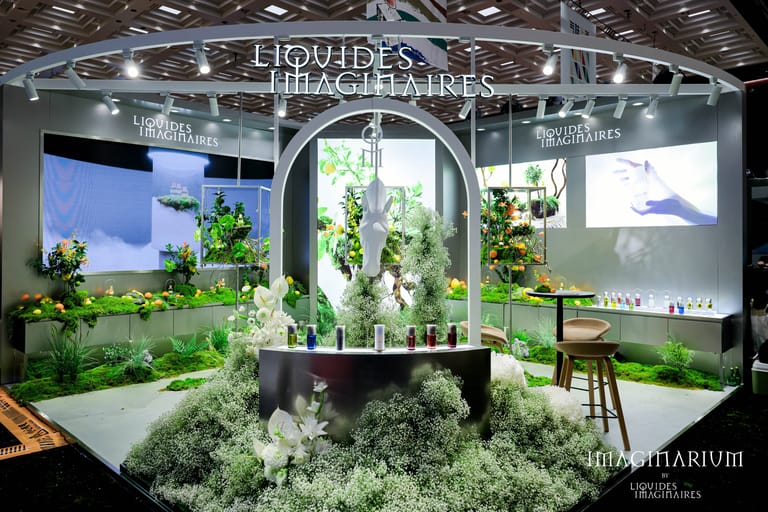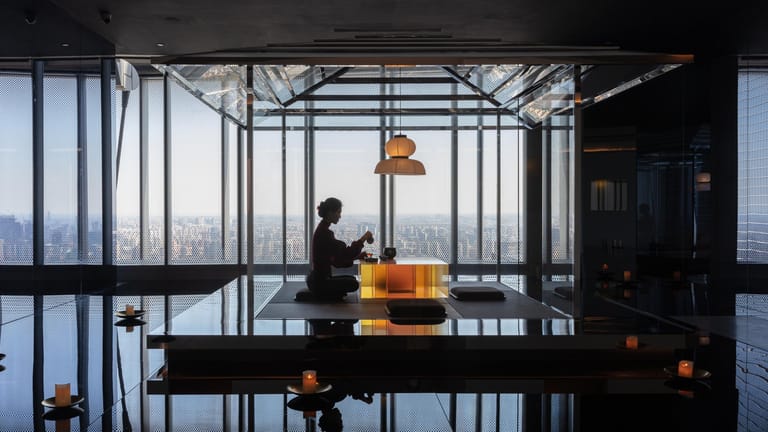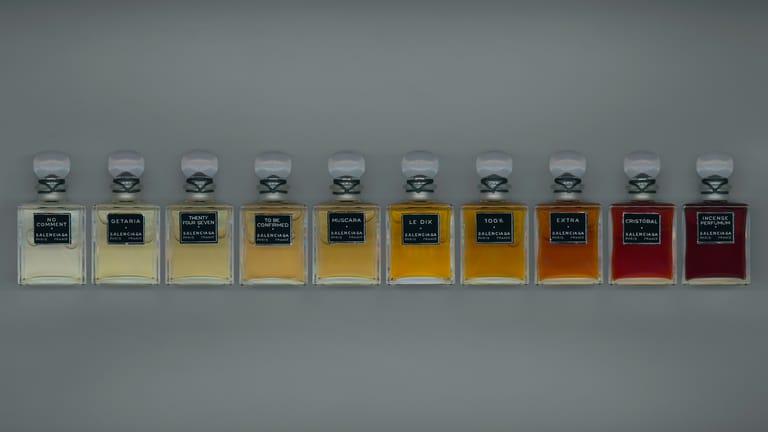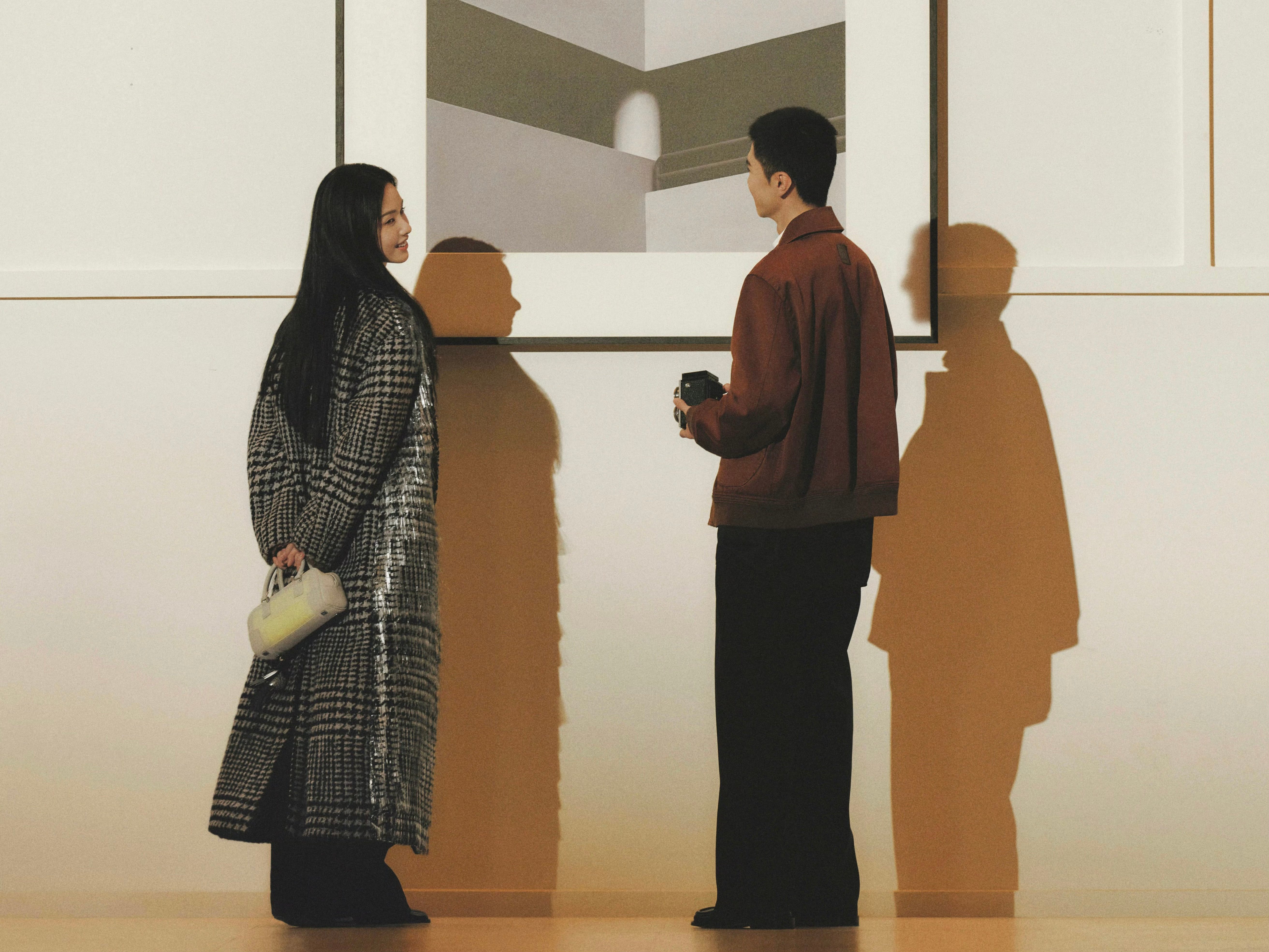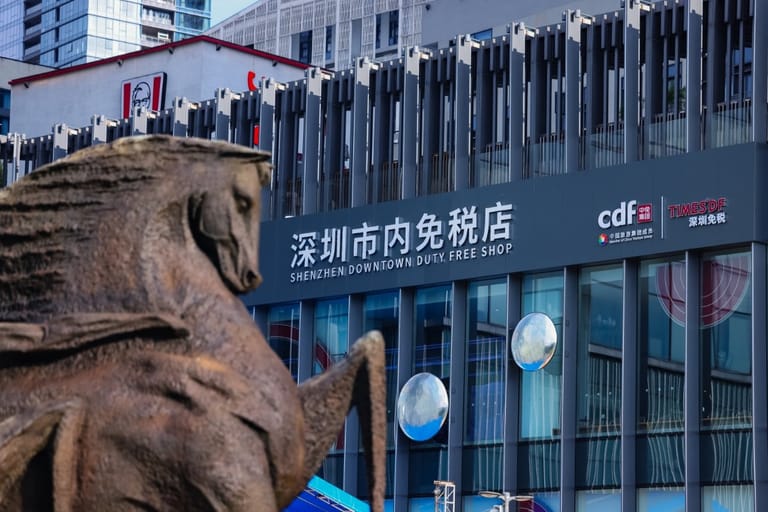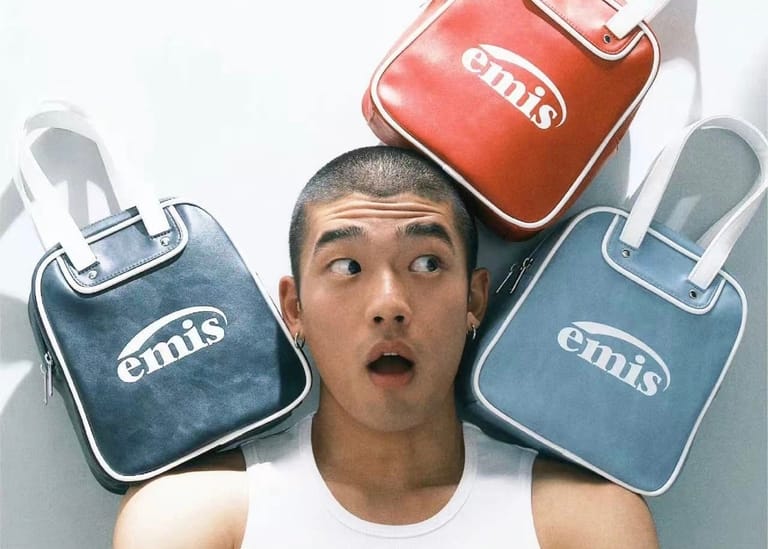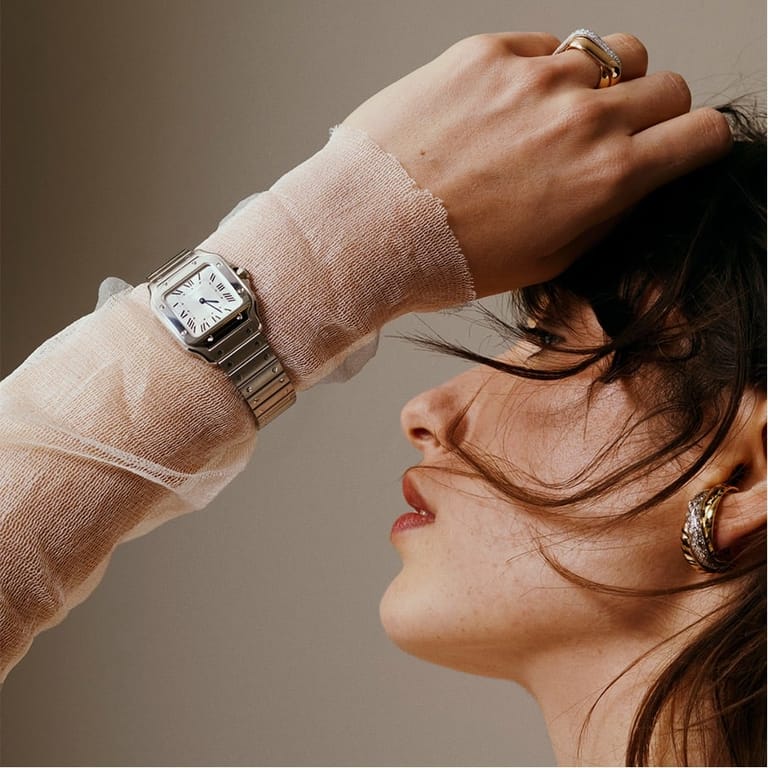‘China’s Hermès’ Laopu Gold and the Search for Chinese Luxury
By
Junjie Wang

Published on
May 23, 2025

Jingzhi Voice brings thought leaders, industry pioneers, and cultural influencers together to decode key trends, challenge conventions in China, and offer forward-thinking ideas that shape the future of jingzhi (精致) and beyond.
Long Er, a young professional from Changsha, recalled first seeing Laopu Gold on RedNote during COVID. She was hooked by its design and craftsmanship.
A sword-shaped pendant, meticulously crafted using traditional Chinese gold-casting techniques, stuck in her mind. She could not afford the 20,000-RMB price tag then, but it left a lasting impression. “Other brands’ gold jewelry often felt tacky, but Laopu’s designs are much more creative,” she said. She later went on to spend over 40,000 RMB at Laopu.
It was exactly the impression the brand founder, Xu Gaoming, a 61-year-old veterinary bureau staff-turned-jewelry-merchant, wanted to leave the potential customers with: jewelry is not just jewelry but carries identities and status. He wants Laopu Gold to be China’s Hermès.
As a fashion journalist and consultant, Laopu Gold (HKG: 6181) is a phenomenon I repeatedly talk about with peers and investors. Since its IPO in Hong Kong last June, its market cap has overtaken legacy titans like Chow Tai Fook (HKG: 1929). Its stores are lined with customers in a supposed economic downturn, it has been decorated with superlatives by Reuters (“a notable outlier”) and Forbes (“Hermès of Gold Jewelry”). It has over 30 stores in China and is looking to expand overseas.
For all the glowing headlines, one question still hums beneath the surface: Can it fill Hermès’ shoes and be China’s real luxury, or fade like other Hermès of ice cream, Hermès of yoga, Hermès of milk tea, and even Hermès of braised duck necks?
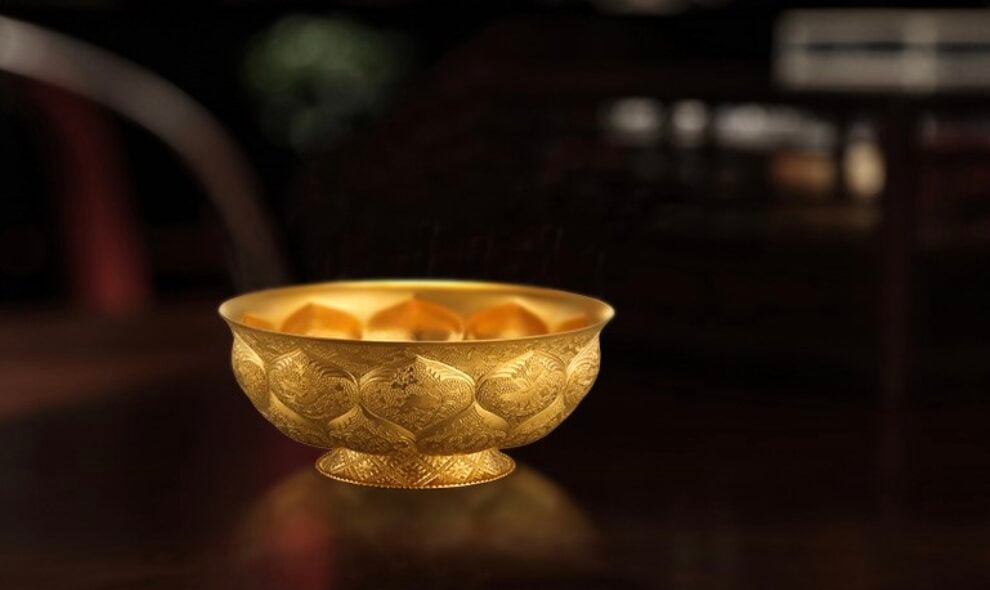
What makes Laopu Gold sell?
Nelk Fang, a marketing professional from Nanjing, echoed Er’s sentiment but framed it through a pragmatic, investment lens. “A friend raved about their craftsmanship and how well it holds value,” he said. With international gold prices surging, Nelk saw Laopu as both an aesthetic and financial bet. He travelled to Hong Kong’s Tsim Sha Tsui to brave the store queues himself.
“The lines were crazy,” he laughed. “But the store locations were so prestigious — almost on par with major international luxury brands.” He wanted to purchase a pendant at a discount price of HK$ 12,000, but gave up his plan after a two-hour wait.
Since last June, Laopu’s stock price rose from HK$ 70 to HK$ 800 at its peak this April, before coming down to HK$ 676 today, in the meantime, the gold price increased 27% $2320 to $3170/oz. According to annual reports, Laopu boasts a gross profit margin of 41.9%, whereas Chow Tai Fook and Chow Sang Sang have margins below 30%, and Lao Feng Xiang around 9%.
From conversations with consumers like Long Er and Nelk, I found that the love for Laopu Gold isn’t necessarily rooted in the idea of “luxury” as traditionally defined – which emphasizes exclusivity, social hierarchy, and heritage craftsmanship.
Instead, it stems from a heady cocktail of craftsmanship, cultural nostalgia, and the primal lure of gold itself — particularly as Chinese consumers are keen to acquire gold as a reliable investment asset. Compared to the ever-rising gold price, buying Laopu products feels like an investment.
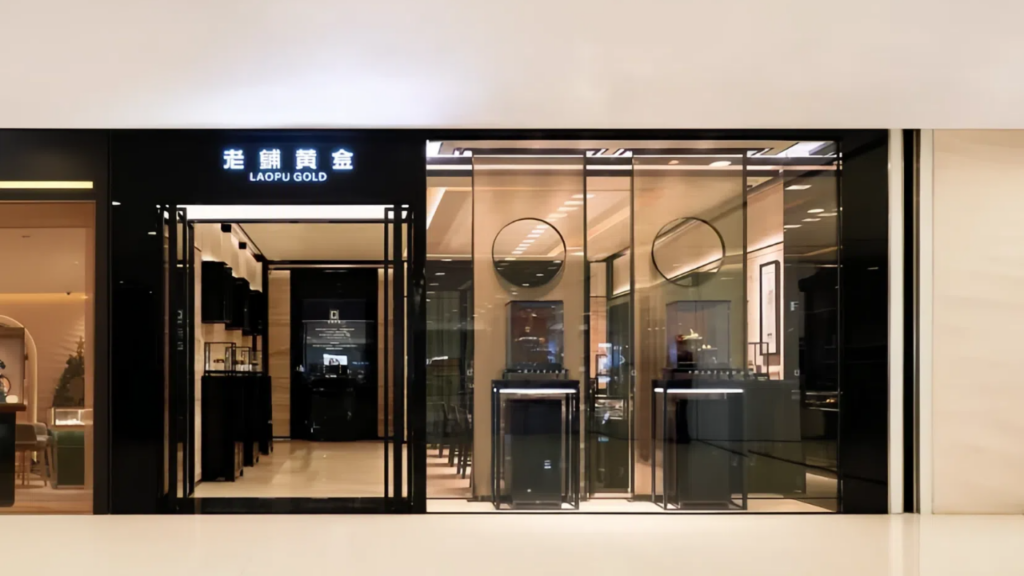
However, the resemblance to Western luxury stops at the surface. Laopu Gold’s service strategy, interestingly, leans heavily into China’s social fabric. Sales staff are chosen not just for looks, but also — oddly — for their ba zi (八字; a form of Chinese astrology, also known as the Four Pillars of Destiny, which maps people’s fate based on their birth date and time), emphasizing personal connection over aloofness.
Laopu Gold’s rise reflects something larger than itself: a subtle but significant shift in China’s consumer psyche.
As Western luxury’s mythology falters under the weight of geopolitical tensions and cultural fatigue, Chinese consumers are increasingly turning inward — seeking meaning, identity, and pride in their own heritage.
The pandemic accelerated this inward gaze. Suddenly, the old equations no longer hold. As we see not just in jewelry but other consumer sectors, Western didn’t automatically mean “better.” Local didn’t automatically mean “lesser.”
…Read the full story by subscribing to the Chinese consumer newsletter Following the Yuan.
This is an opinion piece by Junjie Wang, a seasoned fashion business reporter based in Hong Kong. The views expressed do not reflect the official stance of Jingzhi Chronicle.
Formerly Senior China Editor at Vogue Business and Fashion Features Editor at Vogue Hong Kong, Junjie has years of experience covering fashion, retail, and lifestyle trends across China. With deep expertise in the Chinese market, his work offers valuable insights for global audiences.


